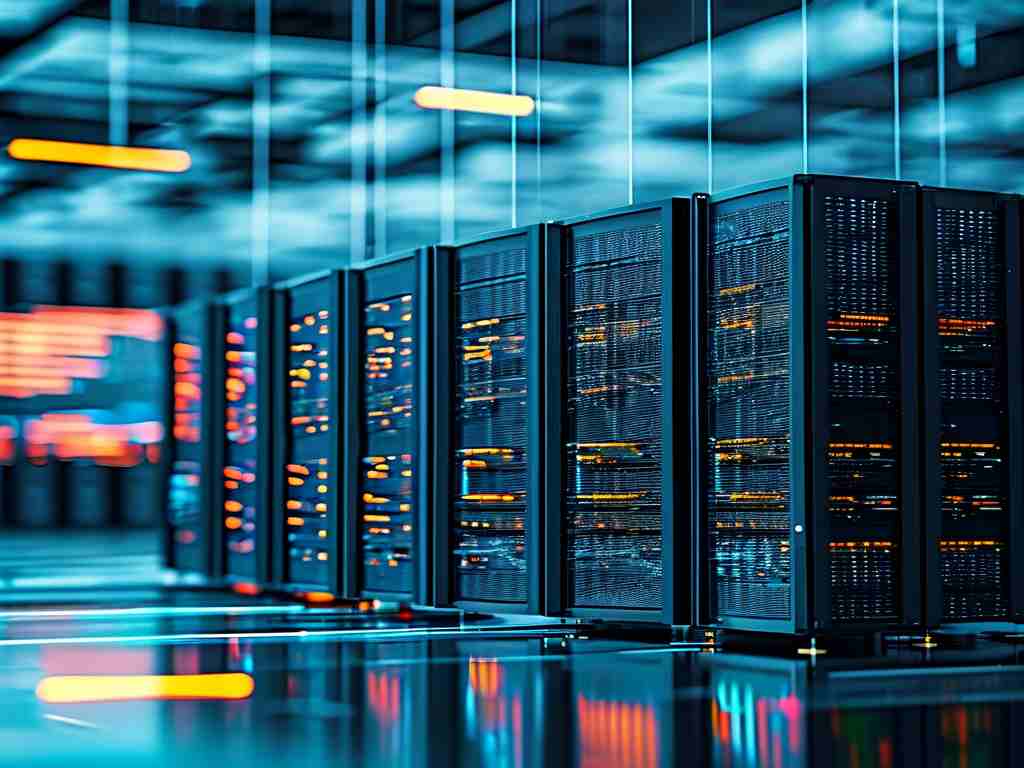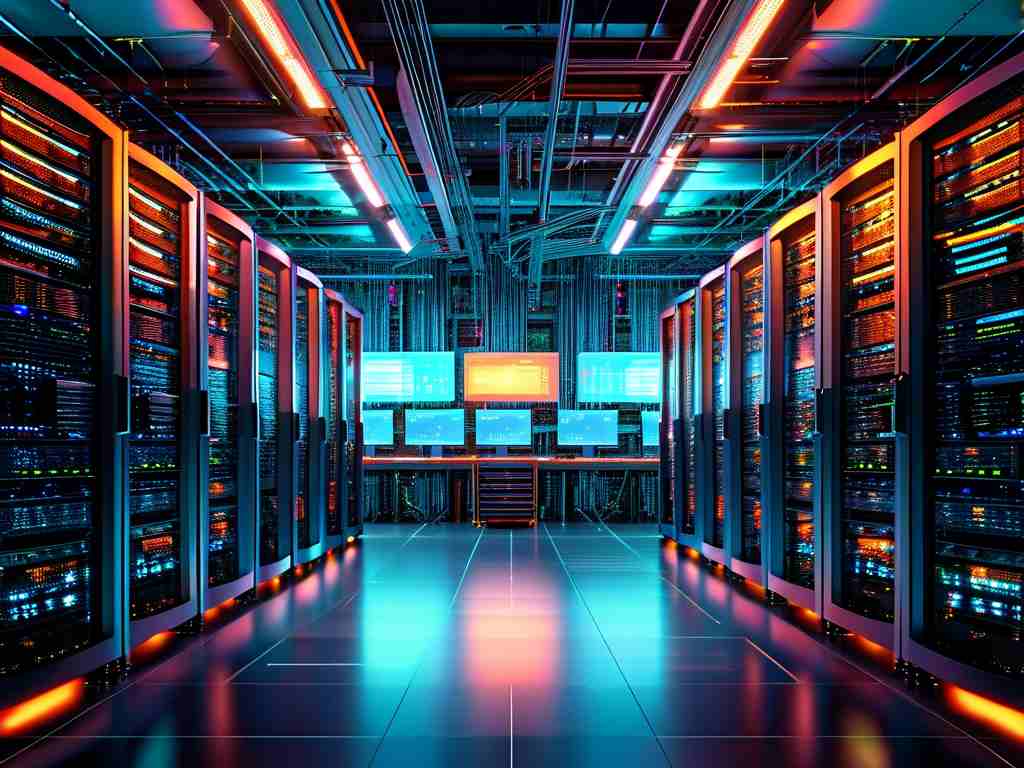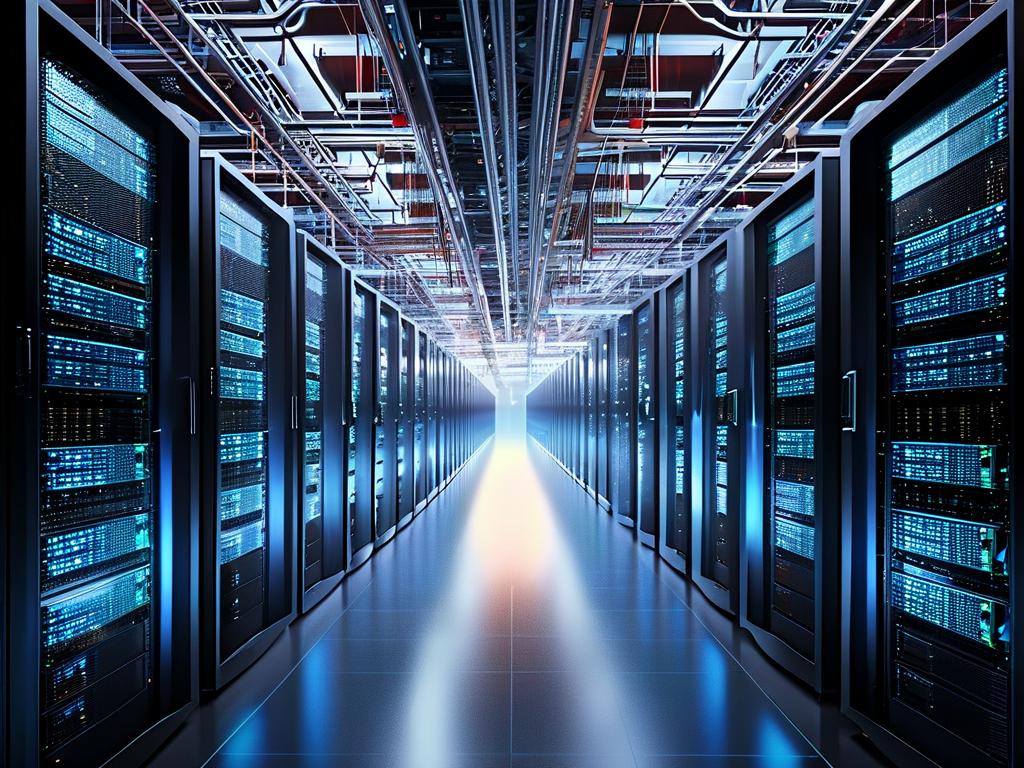In the rapidly evolving landscape of technology, distributed computing architectures have emerged as a cornerstone for building scalable, resilient, and efficient systems. Unlike traditional monolithic systems, distributed architectures decentralize processing power, storage, and resources across multiple nodes, enabling organizations to tackle complex challenges while maintaining agility. This article explores the key advantages of adopting distributed computing frameworks and their impact on modern applications.

One of the most significant benefits of distributed architectures is scalability. As user demands grow, monolithic systems often hit performance bottlenecks due to limited hardware capacity. Distributed systems, however, allow horizontal scaling by adding more nodes to the network. For instance, cloud-based services like Amazon Web Services (AWS) or Google Cloud leverage this principle to dynamically allocate resources based on traffic spikes. This elasticity ensures applications remain responsive even during unexpected surges, a critical feature for e-commerce platforms or streaming services.
Another advantage lies in fault tolerance and reliability. In a centralized system, a single hardware failure can bring down the entire application. Distributed architectures mitigate this risk by replicating data and tasks across multiple nodes. If one node fails, others can seamlessly take over, minimizing downtime. Technologies like Apache Kafka and Kubernetes exemplify this approach, offering self-healing mechanisms and automated failover processes. For industries like finance or healthcare, where uptime is non-negotiable, this redundancy is invaluable.
Resource optimization also sets distributed systems apart. By distributing workloads, organizations can utilize idle computational power across devices, reducing the need for expensive, high-end servers. Edge computing, a subset of distributed architecture, takes this further by processing data closer to its source—such as IoT devices or smartphones—reducing latency and bandwidth usage. A practical example is autonomous vehicles, where real-time data processing at the edge ensures split-second decision-making without relying on distant servers.
Moreover, distributed architectures foster geographical flexibility. Global enterprises can deploy nodes in multiple regions to comply with data sovereignty laws or improve access speeds for localized users. Content delivery networks (CDNs) like Cloudflare use this strategy to cache content in geographically dispersed servers, ensuring fast load times regardless of a user’s location. This decentralization also enhances disaster recovery capabilities, as data backups stored in diverse locations remain safe from regional outages or cyberattacks.
Cost efficiency is another compelling factor. While initial setup costs for distributed systems may be higher, the long-term savings are substantial. Organizations pay only for the resources they use, avoiding overprovisioning. Open-source frameworks like Apache Hadoop further reduce expenses by offering robust tools for distributed data processing without licensing fees. Additionally, the ability to integrate heterogeneous hardware—combining older machines with newer ones—extends the lifespan of existing infrastructure.
Despite these benefits, distributed architectures require careful planning. Challenges such as network latency, data consistency, and security must be addressed. Protocols like the RAFT consensus algorithm or blockchain-based solutions help maintain data integrity across nodes, while encryption and zero-trust models bolster security. Developers must also adopt mindset shifts, embracing asynchronous communication and eventual consistency over traditional ACID transactions.
In , distributed computing architectures empower businesses to build future-proof systems that scale effortlessly, recover from failures, and optimize costs. As technologies like 5G, AI, and IoT continue to expand, the demand for distributed frameworks will only intensify. Organizations that embrace this paradigm today position themselves to lead in an increasingly interconnected and data-driven world.









